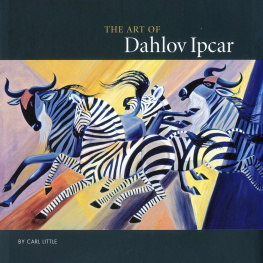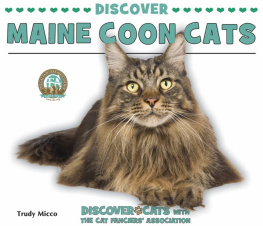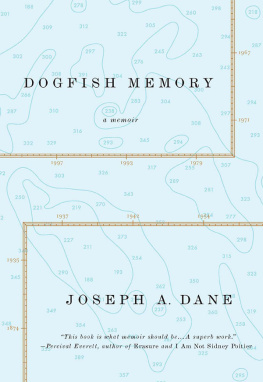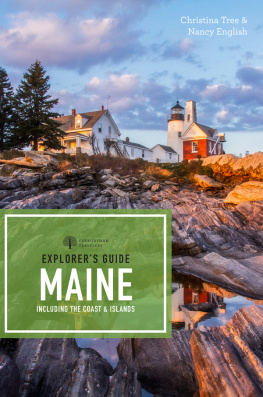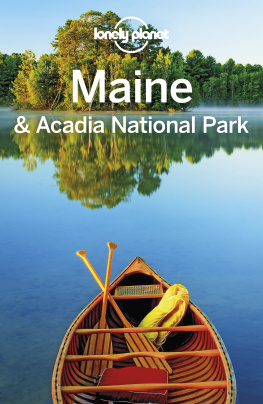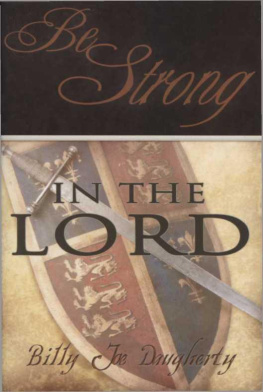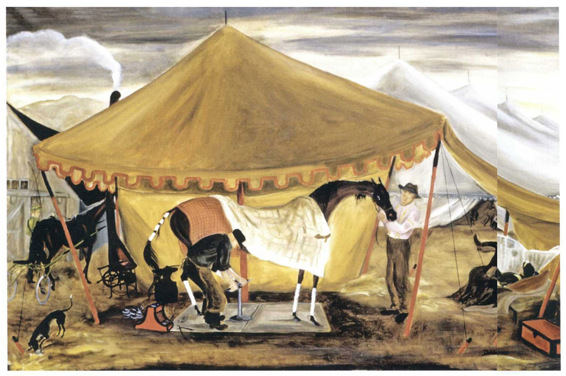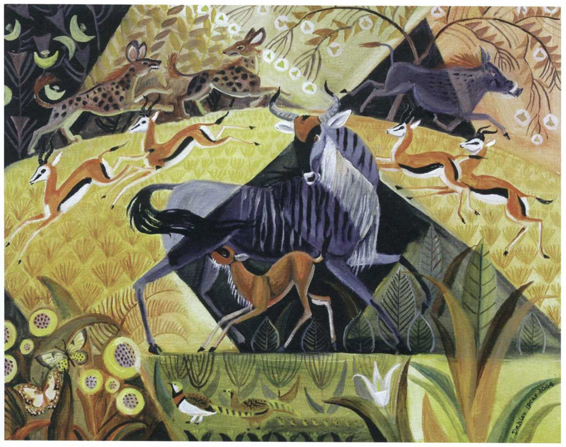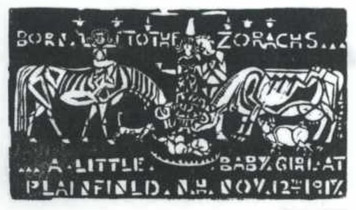ACKNOWLEDGMENTS
The author thanks Dahlov Ipcar for providing crpes, conversation, and continual enlightenment in the course of writing this book; her son Charles for photographing the artwork and supplying CDs; Thomas Crotty, painter, director of the Frost Gully Gallery, and longtime champion of the artist; and Michael Steere at Down East, who approached me with an art book offer I couldnt refuse. Thanks also to Robert Shetterly, Deborah Vendetti, and Richard Kane, co-producers of the film portrait Dahlov Ipcar: Maine Master. And kudos to all the champions of Ipcar art, from writers Pat Davidson Reef and Bob Keyes to her family, friends, and fans everywhere.
As always, my writing owes its primary inspiration to my family, Peggy, Emily, and James, who have always taken delight (as many people have) at that most wondrous name, Dahlov Ipcar.
Blacksmith Tent at Topsham Fair, oil on linen, 26" 40", 1939
Artists Statement
A s I look back on my life, I feel I have been very lucky, and I want to acknowledge all the help and love my family has given me. I am grateful for the support and the freedom that allowed me to pursue my independent creative life.
My mother was a wonderful role model. She could produce amazing art, rebuild a house, design and cultivate a garden, hang wallpaper, cook delicious meals, raise two children, and be a partner in my fathers art world. She created artistic beauty in everything she put her hand to, and she could put her hand to just about anything. My mother and I painted side by side and exchanged criticism and praise freely as equals.
I have also been especially lucky that all the men in my familymy father, brother, husband, and two sonshave encouraged me to do whatever interested me. My father took me with him to museums and art exhibitions, and to artists studios. My brother Tessim and I were pirates together with treasure hunts and paper chases through the woods. In our teens he took me along as crew, sailing and lobstering, and I joined him in sawing up our giant fallen oaks with a two-man saw.
After my parents died, Tessim and his wife, Peggy, retired from their various careers, left Brooklyn, and came to live full-time in Maine in the Zorach house, where my brother and I grew up. Peggy, while working as chief librarian for the Brooklyn Museum, had spent summers at the Zorachs with her three young sons, so our boys grew up together. She still lives next door to me, and our families are quite close.
My husband, Adolph, practically devoted his life to me. He became a farmer because that was the life I wanted to live. He entered into all the work that goes on behind the scenes in an artists life: crating paintings for juries, shipping, and delivering art. I planned and arranged exhibitions, but he did all the legworkand the bookkeeping. His training as an accountant made that part easy for him. (I have to do it now, and it gets me down, because nothing adds up right.)
When color slides became available in the 1950s, Adolph began photographing my work, a valuable record. When his eyes failed in his 90s, he turned the job over to our son Charlie, who has done even better using new digital technology. Charlie now lives in Richmond, Maine, with his wife Judy. He is always ready to help me in any way. I dont know what I would do without him.
My other son, Bob, is a cinematographer and has made documentaries for the National Gallery of Art on Winslow Homer, Frederic Church, and John Peto, and Charles Birchfield for another organization. I was able to help in the Homer film; I was the one who trimmed the lamp wicks. People nowadays do not understand oil lamps. In modern movies the lamps are almost always all smoked up and black.
I may understand oil lamps, but there is much I do not understand about new technology. It baffles me; it seems to come and go so fast. But there are interesting and exciting things happening in the art world, and I am glad I have lived to see so many new developments, so much new art that intrigues me, and that I can appreciate.
Dahlov Ipcar
Georgetown Island, January 2010
New Born, oil on canvas, 20" 24", 2004
Celeste in Kitchen, poster paint, 24.5 38, 1930
CHAPTER
Born to the Zorachs a Little Baby Girl
W illiam Zorach was born Zorach Gorfinkel in Euberick, Lithuania, in 1887 to a flaxmaker and the owner of a barge that plied the Nieman River. He was the eighth child of ten and the last to be born in Russia. The family moved to America when he was four and settled in Port Clinton, outside Cleveland, Ohio, where, as immigrant Jews with the new name Finkelstein (suggested by the officials at the Ellis Island Immigration Center), they experienced poverty and discrimination.
William (his first school teacher found the name Zorach too difficult to pronounce and renamed him Willie) left school after the seventh grade to work full-time and was hired by a lithography studio. Because he showed talent, he was well paid. By age 18, he had saved up enough money to study at the National Academy of Design in New York City. He eventually could afford to go to Europe.
In Paris in the spring of 1911, Finkelstein met Marguerite Thompson, an aspiring artist from Fresno, California, at the Acadmie de la Palette, a progressive school for young artists. He was attracted to her non-traditional approach to art; I just couldnt understand why such a nice girl would paint such wild pictures, Zorach wrote in his autobiography.
My daughter Dahlov grew up painting. When people asked her if she was going to be an artist when she grew up, she said, Certainly.
William Zorach, Art Is My Life, 1967
Marguerite came from a well-to-do Fresno family of Mayflower stock. Her father, William Palmer Thompson, was a well-known lawyer and her mother, Winifred Harris, was a proper Fresno socialite. Her Aunt Addie, Harriet Adelaide Harris, who had taken Marguerite to Paris to study art, was horrified to discover the developing romance between her and William and decided to take her on a tour of the world to break up the romance. It did not work.
Paris was a hotbed of new aesthetics, and the young artists found themselves caught up in the dynamics of modern art. On a visit to the Salon des Indpendants, the pair watched a young painter named Henri Matisse putting the finishing touches on The Red Interior, now in the Museum of Modern Art and considered one of the masterpieces of the 20th century.
Birth announcement for Dahlov Ipcar, by William Zorach, woodcut, 4.5 7, 1917
Meeting up again in New York City a year later, the couple married. Nonconformist through and through, they took Williams original first name, Zorach, for their nom de famille. They wasted little time forging a life built on art, developing into major American Modernists. In 1913, they were represented in the landmark and highly controversial Armory Show, which showcased the newest art from Europe, including Cubist canvases by Pablo Picasso and Marcel Duchamp.
William Zorach went on to become one of the foremost sculptors of the time; his oils and watercolors also gained him critical notice. Marguerite was known for her figural canvases and stunning landscapes as well as embroidered tapestries that remain among the wonders of 20th-century American art.

